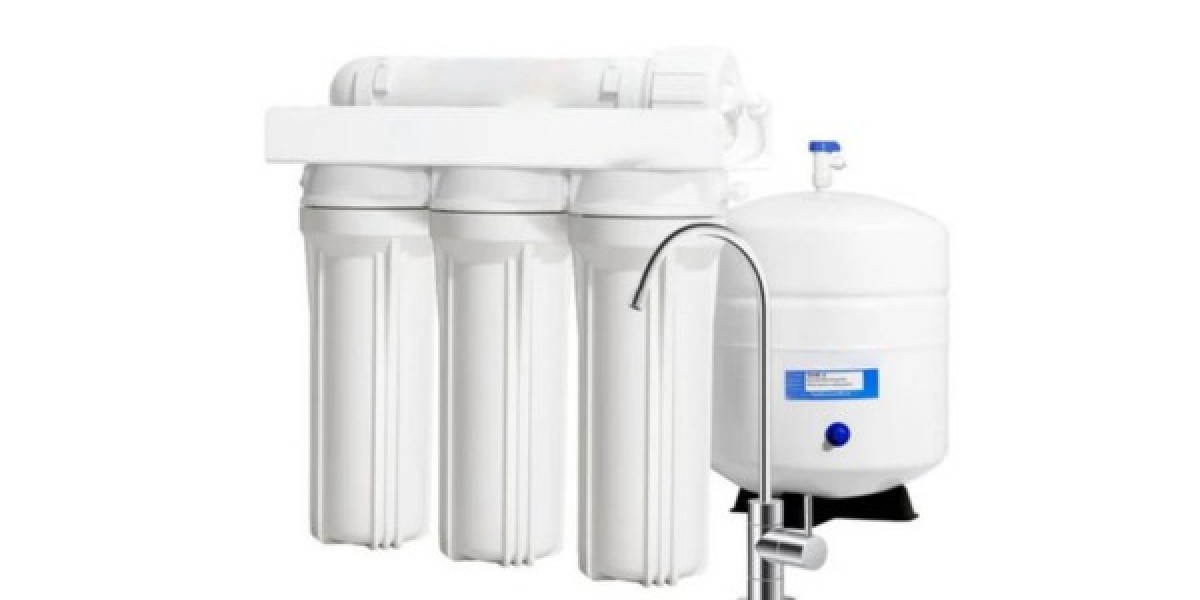Benefits of Residential RO Systems
Residential RO systems offer numerous advantages for homeowners seeking clean and purified drinking water. One key benefit is the removal of contaminants such as lead, chlorine, and bacteria, providing a healthier and safer water supply for drinking and cooking. Additionally, RO systems can improve the taste and odor of tap water by filtering out impurities, resulting in a fresher and more enjoyable drinking experience at home.
Residential RO systems are cost-effective in the long run, as they reduce the need for purchasing bottled water and save money on plumbing repairs caused by mineral buildup in pipes. By investing in an RO system, homeowners can also contribute to environmental conservation by decreasing plastic waste generated from single-use water bottles. The convenience, health benefits, and cost savings make residential RO systems a valuable addition to any home.
Understanding How Residential RO Systems Work
Residential reverse osmosis (RO) systems are designed to purify drinking water by removing contaminants and impurities through a semi-permeable membrane. This membrane acts as a barrier, allowing only water molecules to pass through while blocking larger particles such as chemicals, minerals, and bacteria. As water is pushed through the membrane under pressure, the purified water is separated from the concentrated impurities, providing you with clean and fresh drinking water.
The process of reverse osmosis involves multiple stages to ensure thorough filtration. Typically, water flows through pre-filters to remove sediments, chlorine, and other larger particles before reaching the RO membrane for finer purification. The semi-permeable membrane then traps dissolved solids like lead, fluoride, and other contaminants, producing high-quality drinking water. This advanced filtration process is efficient in improving the taste, odor, and overall quality of the water for consumption.
Factors to Consider Before Adding RO Systems to Your Offerings
Before deciding to add residential RO systems to your offerings, it is crucial to assess the demand and market trends in your area. Conduct thorough market research to understand if there is a high demand for RO systems among homeowners. Consider factors such as water quality issues, consumer awareness about water purification technologies, and the presence of competitors offering similar products.
Another key consideration is the technical knowledge and expertise required to install and maintain RO systems. Evaluate whether your team possesses the necessary skills to handle the installation process effectively. If not, you may need to invest in training or hire professionals with experience in installing and servicing RO systems to ensure customer satisfaction and maintain the reputation of your business.
Different Types of Residential RO Systems Available
Residential reverse osmosis (RO) systems come in various types to cater to different water purification needs. One common type is the under-sink RO system, which fits neatly under the kitchen sink and connects to a separate faucet for clean drinking water. This type is ideal for homeowners looking to purify their drinking and cooking water.
Another popular type is the whole house RO system, which treats all the water entering the house. This system is beneficial for households that desire purified water for various uses, such as bathing, cooking, and laundry. The whole house RO system ensures that all water outlets in the house provide clean and safe water for everyday activities.
Cost Considerations for Adding RO Systems to Your Offerings
When considering adding residential reverse osmosis (RO) systems to your offerings, it is essential to factor in the initial cost of purchasing the systems. The price of RO systems can vary depending on the brand, quality, and features included. It is crucial to research and compare prices from different suppliers to ensure you are getting the best value for your investment.
In addition to the upfront costs of buying the RO systems, it is important to take into account the ongoing expenses associated with maintenance and filter replacement. Regular maintenance is necessary to ensure the systems continue to function effectively and provide high-quality water filtration. Factor in the cost of replacement filters and any servicing required when calculating the overall expenses of offering RO systems to your customers.
Installation Process for Residential RO Systems
When it comes to installing a residential RO system, it is essential to start by identifying a suitable location for the system. This should be a well-ventilated area with access to a water source and a power outlet. Once the location is chosen, the next step is to carefully unpack the system and ensure all components are present and in good condition before proceeding with the installation.
Following the unpacking, the installation process typically involves connecting the system to the main water supply using the provided tubing. It is crucial to follow the manufacturer's instructions for properly connecting the inlet and outlet lines to ensure the system functions correctly. Additionally, ensuring that all connections are secure and leak-free is vital to the overall performance of the RO system.









